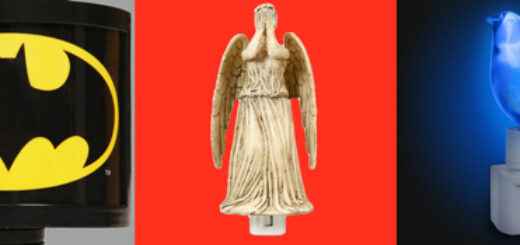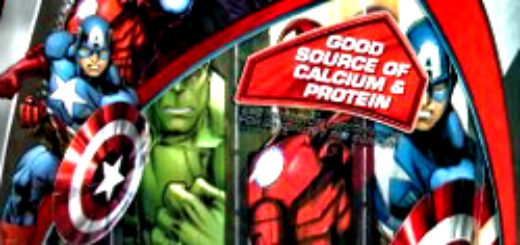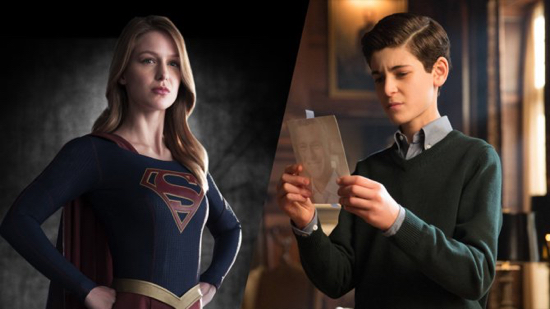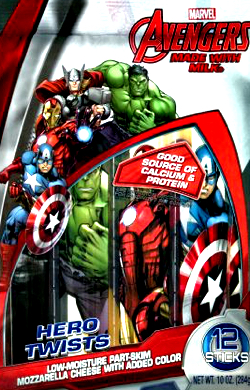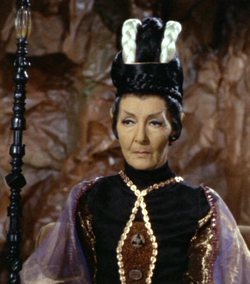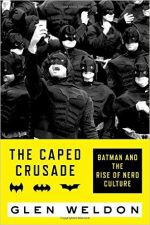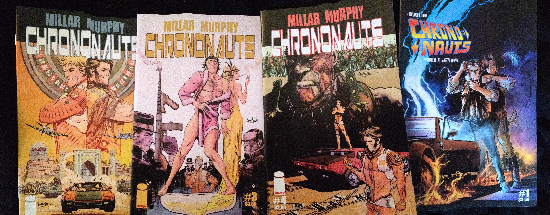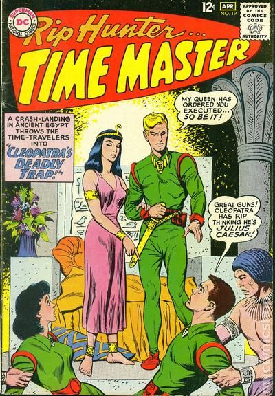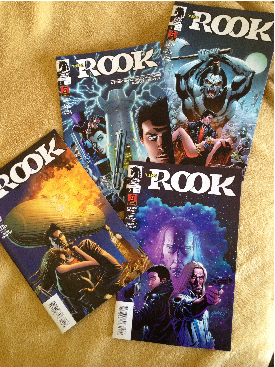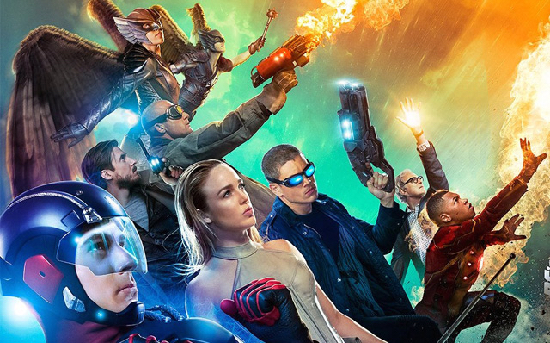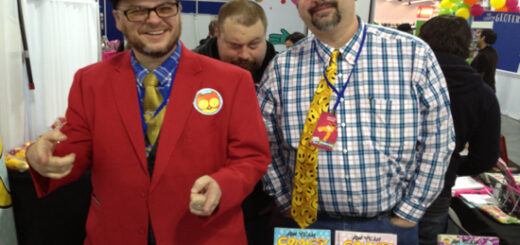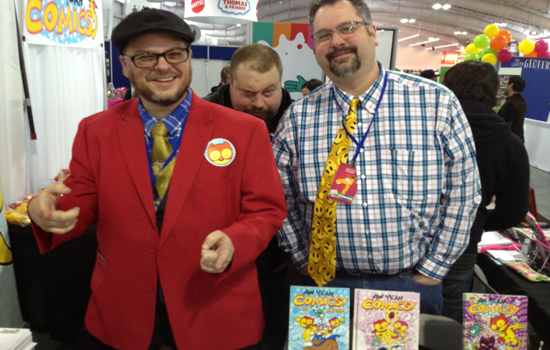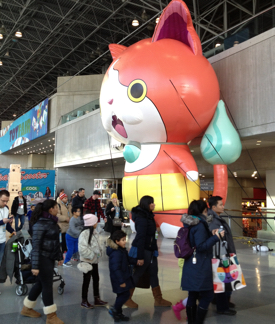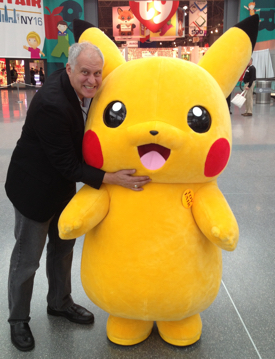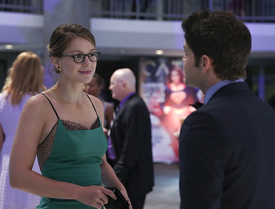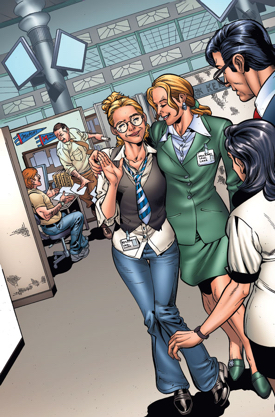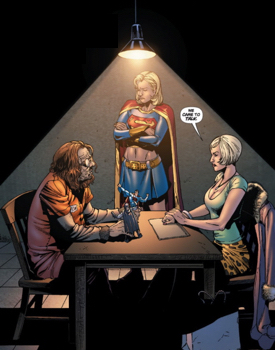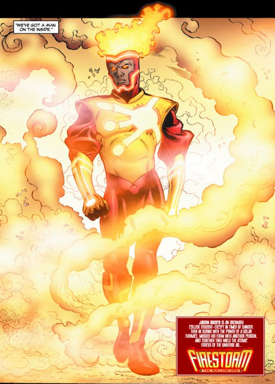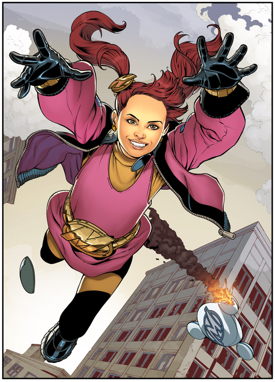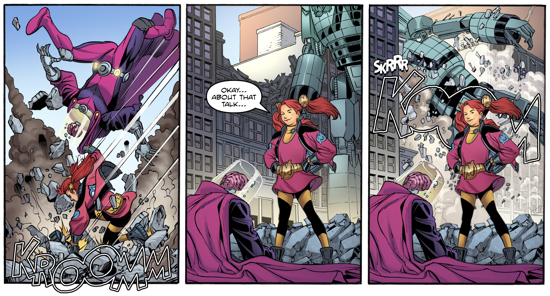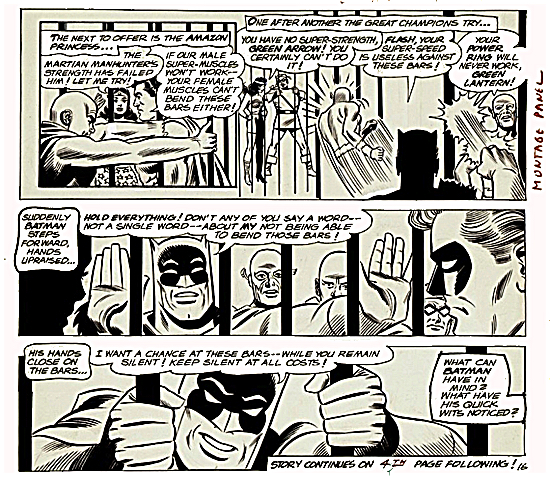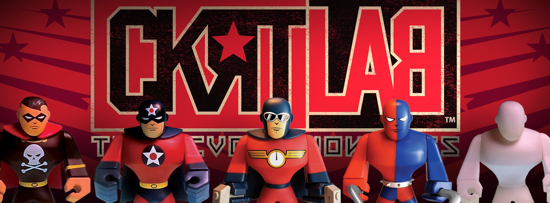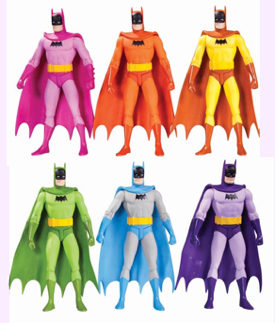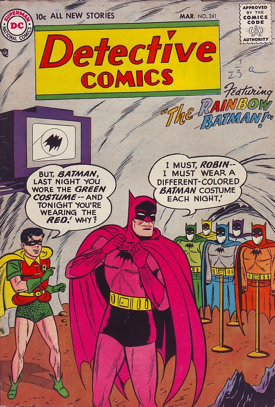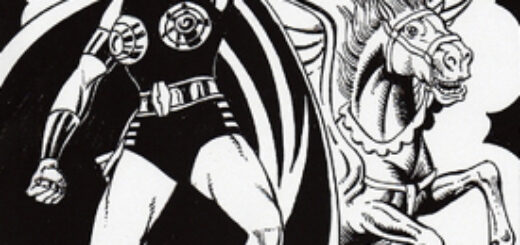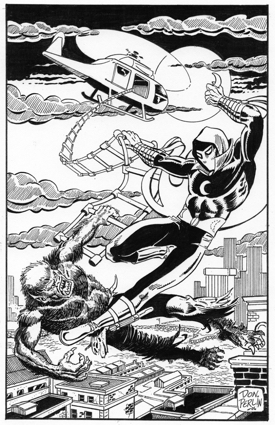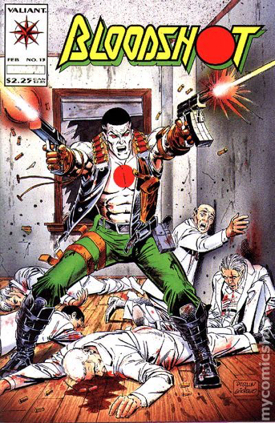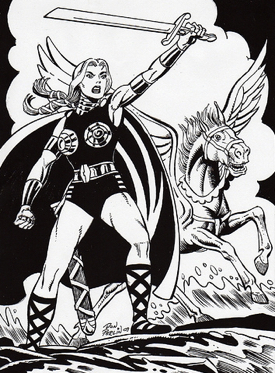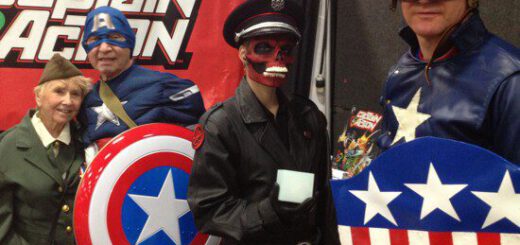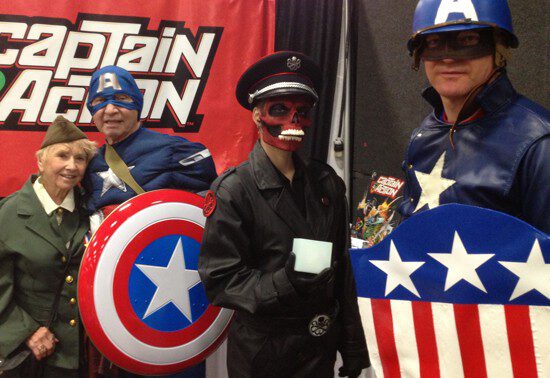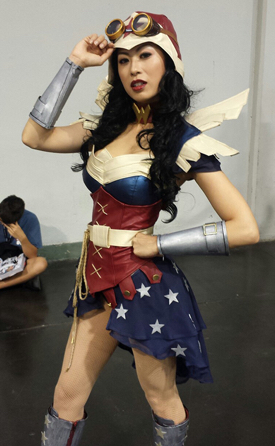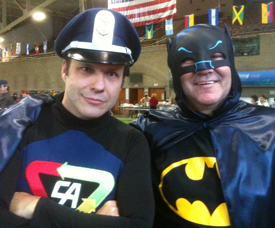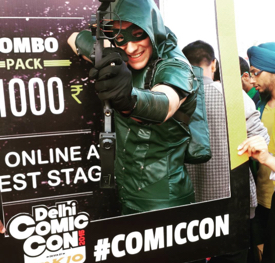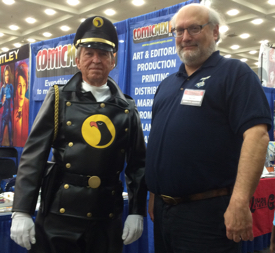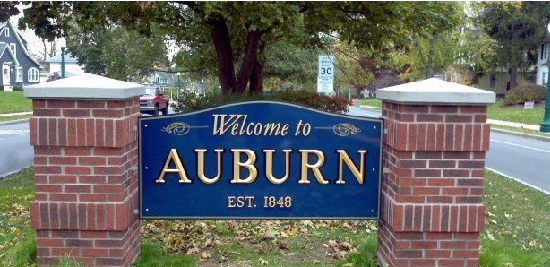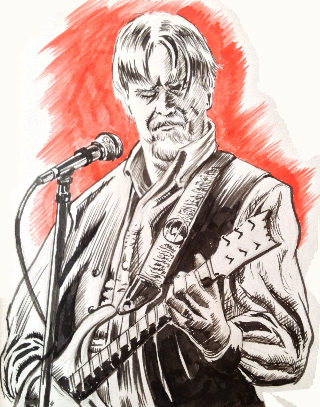Marc Alan Fishman: A Guide To Geek Gifting
Well, it’s about that time again when the goyem are all a’flutter over black Fridays and Christmas lists and all that jazz. I admit, in my family, the holidays were never extravagant excuses for excess. My birthday is December 28th and I was a little mercenary (as my mother would tell you), so more often than not I was never the type who had to have the thing. I was more or less a “give me cash so I can go get myself something nice” kinda tot. Just roll Chanukah and my birthday into one and drop me off at Best Buy.
But then, like all nerdy children, I got older. And while I retained my love of monetary tribute, amongst my own brood of kin (a.k.a. Unshaven Comics), there was a desired propensity to give actual gifts that were sincerely well thought out and received with aplomb. Kyle one year got me a brick of rewritable CDs. I have yet to forgive him. But I digress.
When we have those people in our lives who are of a certain persuasion – some label it as nerdy, others say geeky, and the refined say collectors – being able to produce a gift that shows we love them and that they will actually like can seem impossible. Well, my friends, here’s one collector’s key tips to getting your nebbish nerd a knickknack they’ll cherish for a good long while.
Find out where they shop and play detective
Most comic book fans will have a local comic emporium from which they procure their pulp on a regular basis. Why not visit said shoppe and inquire as to their taste. If your local proprietor is anything like mine, they can shuffle through the subscription box of your giftee and steer you in the right direction. More often than not we covet random statues, action figures, and Absolute editions of books that are just beyond the pale of normal purchasing. Any of them are entirely perfect choices, as directed by someone in the know. You look like a hero, and they get something to display and or read!
It’s OK to go Gift Card if you think Experience not Product
Look, I said it above: I am a fan of monetary gifts. But as a nerd? I actually love the challenge of a gift that forces me out of my comfort zone. If you give me a gift card to a store I wouldn’t normally frequent, well, now I have an opportunity to shop someplace new. For the nerd at heart this is actually a great thing. An even better expericnce: when the gift card is an experience not just a collectible. A gift card to a nice restaurant, the movies, the local arcade, paintball range, etc., is the perfect excuse to lure your resident nerd out of their man or woman cave out into the real world. And if they scoff, tell them it’s a LARP quest and pat yourself on the back.
Subscriptions are the gift that keep on giving
There’s little to no doubt that a well-connected nerd is likely to have a subscription or two. Netflix, Hulu, Amazon Prime, Spotify, Xbox Live, Playstation Network, ComicBlitz, or any odd MMORPG out there… all tether their user base to a monthly fee to enjoy their wares. I’ll bet dollars to donuts that your special little guy or gal isn’t subscribed to all of the ones I mentioned. Pick up the tab on any one they don’t have, for even three to six months And you’ll be opening a world of content to them that they’re otherwise not enjoying. And in case it wasn’t clear before? For geeks, nerds, dweebs, collectors, and nerf-herders alike… content is king.
When all else fails… Ask them!
I would rather admit to someone who is hard to shop for that I want to please them than simply give a bad gift. More often than not, the nerds in our lives (myself very much included) are always ready to blather on and on about the random assortment of hobbies we’re tending to at a given time. To have a loved one, or cherished friend reach out and want to be involved in the minutiae of our modest loves is oftentimes all we’re really seeking in the first place – something to celebrate (ahem, geek out over) with those who can appreciate it too. The day my wife sits down with me to ask what’s going on with the WWE is the day we… uhh… well… none of your business.
And on that note? Good luck in your shopping escapades. Of course, you could always check out ComicMix’s (or Unshaven Comics) fine offerings of books and related bric-a-brac for your favorite comic connoisseur. Not to be shameless here folks… just fearlessly capitalistic!
Happy shopping!

